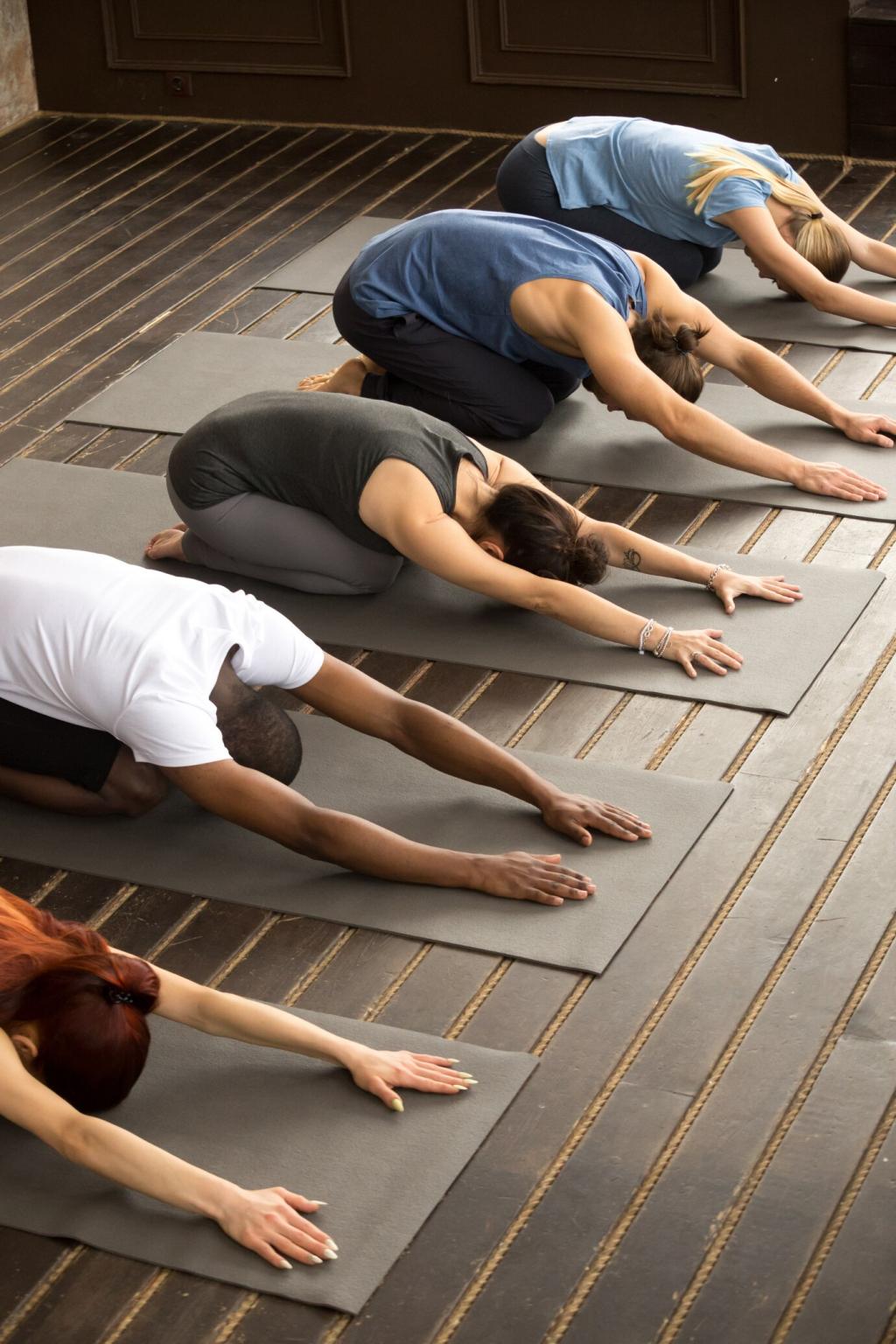Finding Your Edge: Balancing High-Intensity Workouts with Restorative Yoga
Chosen theme: Balancing High-Intensity Workouts with Restorative Yoga. Welcome to a space where sweat meets stillness, and ambition learns to exhale. Today we explore how to train hard without burning out, embracing practices that sharpen performance while deepening recovery. If this resonates, subscribe, share your questions, and tell us how you balance effort and ease.

High-intensity intervals ignite the sympathetic system, priming speed, power, and focus. Restorative yoga invites the parasympathetic response, slowing heart rate and softening tension. When you alternate them intentionally, you build resilience instead of accumulating stress. Comment with a moment you felt your body exhale after effort and noticed clarity return.

The ATP-PC and glycolytic systems fuel sprints, but they also produce metabolic byproducts that need clearance. Gentle, long exhales, supported folds, and stillness accelerate recovery by improving circulation and vagal tone. Schedule restorative work within a few hours post-session to expand your next workout’s capacity. Have you tried this timing?

Periodization is not just for pros. Pair peak days with deeper recovery, and anchor each week with at least one fully restorative session. Microcycles that alternate intensity and yoga keep motivation high and soreness manageable. Share your weekly rhythm below, and we will help you refine the balance for your goals.

A Sample Week You Can Tweak
Try this flow: Monday HIIT + 20-minute restorative; Wednesday strength + breath-led cooldown; Friday intervals + supported twists; Saturday long easy cardio; Sunday full restorative practice. Keep Tuesday and Thursday for light mobility or walking. Tell us your constraints, and we will suggest swaps that respect recovery and real life.
Timing Your Day for Flow
Many athletes handle intensity best in the morning when cortisol naturally peaks. Evenings are perfect for restorative shapes, dim light, and longer exhales. If mornings are hectic, flip the script but keep at least three hours between hard efforts and deep passive stretches. What time of day feels best for you?
Feedback Loops: HRV, RPE, and Mood
Track HRV trends, resting heart rate, perceived exertion, and mood. If HRV dips and irritability rises, lean into restorative yoga and reduce intensity. Let data guide, not dictate. Notice how a ten-minute supported child’s pose can recalibrate your day. Share a metric that reliably tells you it is time to dial back.
Breath as the Bridge Between Fire and Calm
Downshift After the Sprint
Right after intervals, try four minutes of extended exhale breathing: inhale four, exhale six to eight. Keep shoulders relaxed, jaw soft. This nudges your system out of overdrive, lowering lactate faster and restoring composure. Post your favorite cooldown breath and tell us how quickly your heart rate settles afterward.
Pranayama That Supports Repair
Practice nadi shodhana or box breathing during restorative sessions to deepen parasympathetic tone. Slow, steady rhythms send safety signals that release residual bracing in hips, ribs, and lower back. Think of it as remote coaching for your nervous system. Which pranayama helps you unwind most reliably after tough training?
Nasal Breathing and Gentle Zone 2
On easy cardio days, keep intensity low enough to maintain nasal breathing. This stabilizes CO2 tolerance, enhances endurance, and reduces mouth-breathing fatigue. Finish with five minutes of belly breathing in constructive rest. Drop a comment if you have noticed nasal breathing improve your pacing or recovery between sets.

Mobility, Fascia, and Staying Injury-Resilient
Fascia loves variety, hydration, and gentle sustained load. Restorative yoga’s supported shapes allow tissues to rehydrate and glide, enhancing range without aggressive stretching. After high-intensity impact, this reduces stiffness the next morning. Tell us which prop setup makes your hips sigh with relief after a heavy sprint or plyo day.



Aim for protein across meals and a balanced post-workout plate with carbohydrates to replenish glycogen. After evening intensity, keep it lighter and finish with calming teas. On restorative-only days, maintain steady fueling to prevent energy crashes. What post-workout combo leaves you energized without feeling weighed down or wired?
Fueling Both Fire and Calm
Hard efforts increase sweat loss and mineral needs. Rehydrate with electrolytes, then sip warm water or herbal blends before restorative practice to ease digestion. Hydration status shifts fascia behavior and joint comfort. Share your go-to hydration strategy, especially in hot climates or during back-to-back training days.
Fueling Both Fire and Calm
A sprinter and new manager, Keisha swapped one midweek HIIT session for a restorative practice with long exhales. Within three weeks, her sleep stabilized, hamstrings stopped nagging, and her times improved. Have you made a small swap that delivered outsized results? Tell us, and inspire someone else to try.
